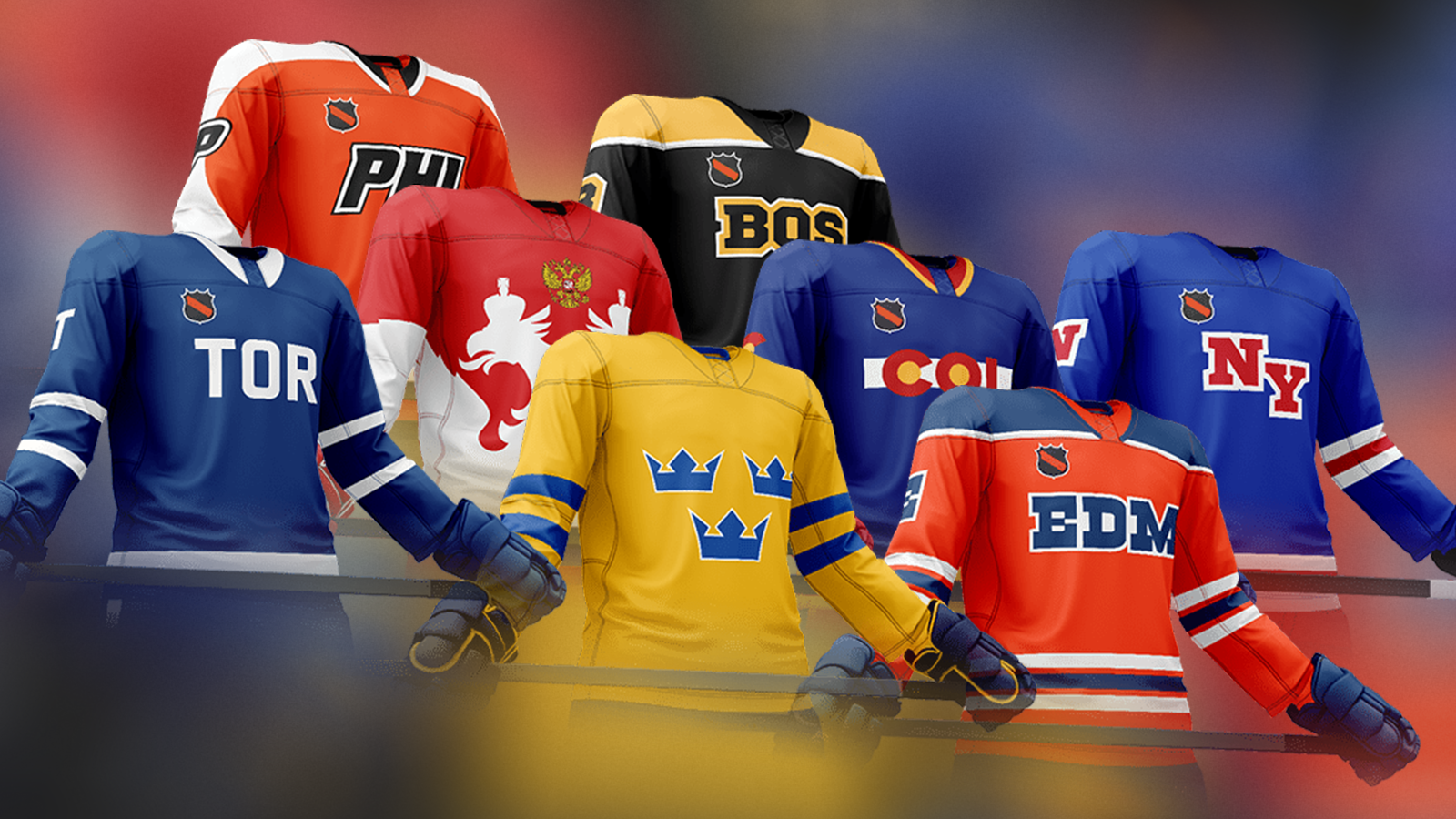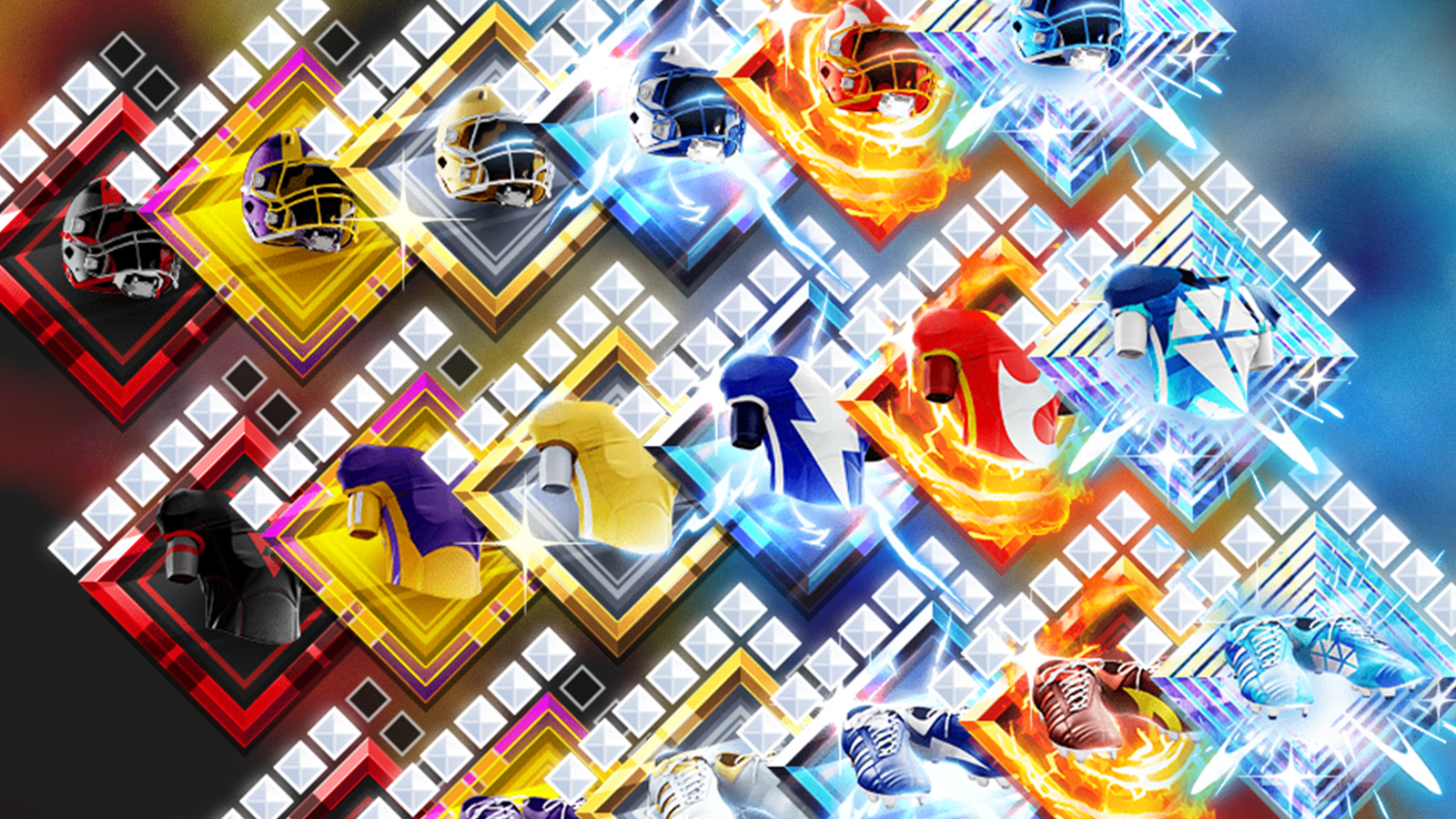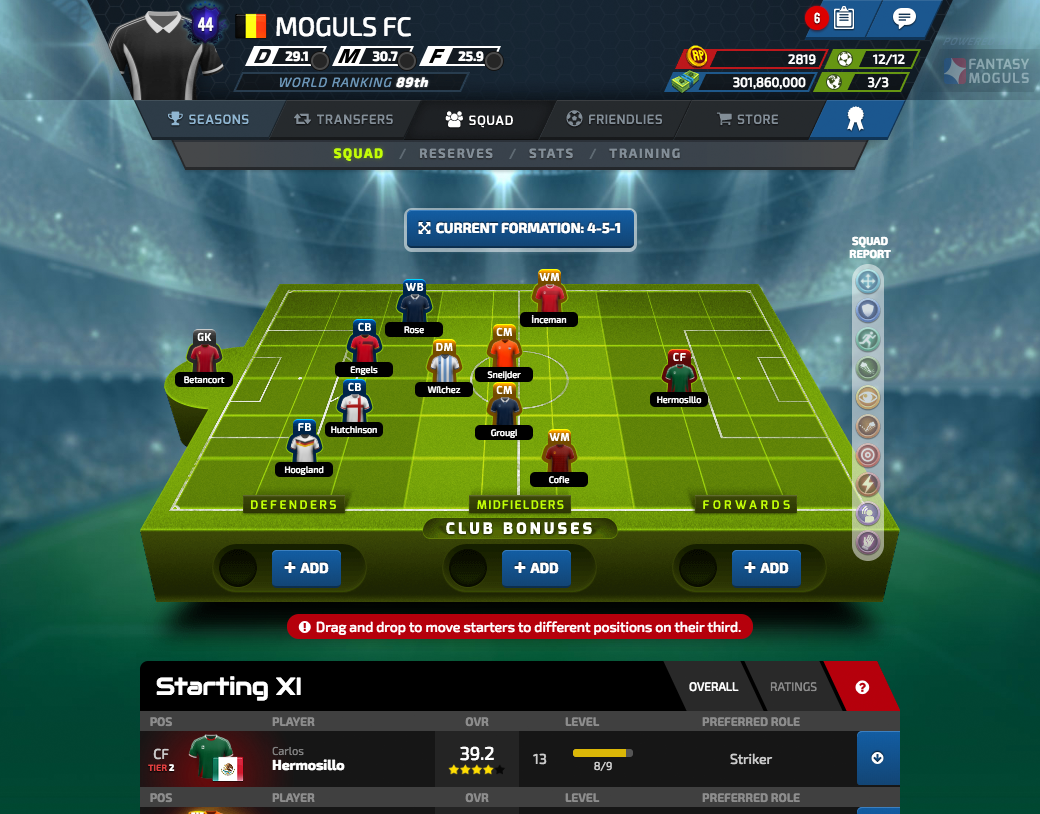The latest CBS Franchise releases represent the current standard Fantasy Moguls holds to it's game design and quality.
Built with ReactJS & React Native.
My responsibilities included: ideation, game design, user flows, wireframing, Photoshop proofs, high-fidelity production art, translating mocks & art to assets, asset optimization, JS implementation of React Native components & animations.
Much like previous iterations, Franchise games are rooted in ratings, stats, simulations and progression. Users expect a casual front office management experience where they can create their own unique team of players from all of sports history, allowing for a level of expression users can't get through the more traditional Fantasy or console sports experiences. It's heritage as a social game still runs deep with users largely playing each other as they move upwards in the league.





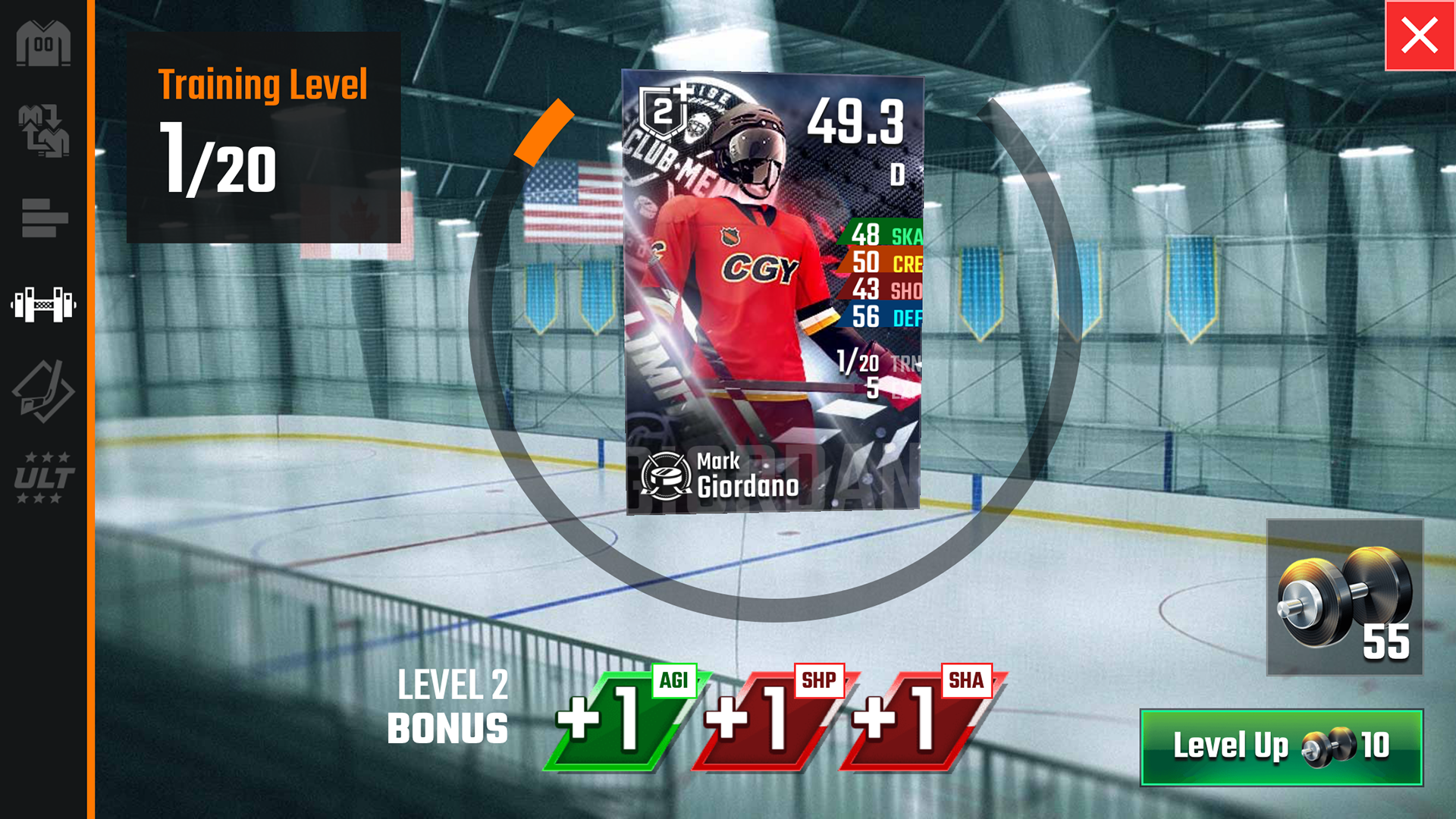

Building off our previous feature sets, this generation of games takes some of the innovations we had made in recent years and polished them into an experience that felt more consistent and rewarding. While we addressed a great many flaws from preceding games, a few major issues were the focus of our effort:
Recognizable player names only became accessible to the user far into the progression. Users were only exposed to a fraction of the vast array of player content available. And building a large collection wasn't intuitive as users have only a single roster making it difficult to express an expansive collection.
Addressing these are a few key changes and additions:
Allowing ourselves to make multiple editions of a particular player opened the door for players usually reserved for the endgame to crop up early on in the experience without undermining the progression. We added 'rare' player pulls at all levels and themed limited runs of 'rare' players every month.
These early editions of 'rare' players are used in a set building meta game encouraging the user to keep collecting cards to gain access to the final endgame editions of players.
To allow users to express this larger collection of players, a new events feature was introduced. Every few days, a new event is unlocked for a duration. Each event has it's own dedicated lineup that the user can use, however these unique lineups come with restrictions such as team affiliations. After filling out a lineup, the user can compete against AI challenge teams to earn their way to high-value players. The more diverse and powerful a users collection is, the more events they'll be able to participate in and the further they'll get in those events.
To create a more lively and vibrant perception, both the limited edition series and the events features were designed to have some temporal restriction to them. Constantly adding and removing content, sometimes contextual to real-life events, helps make the game feel alive and supported.

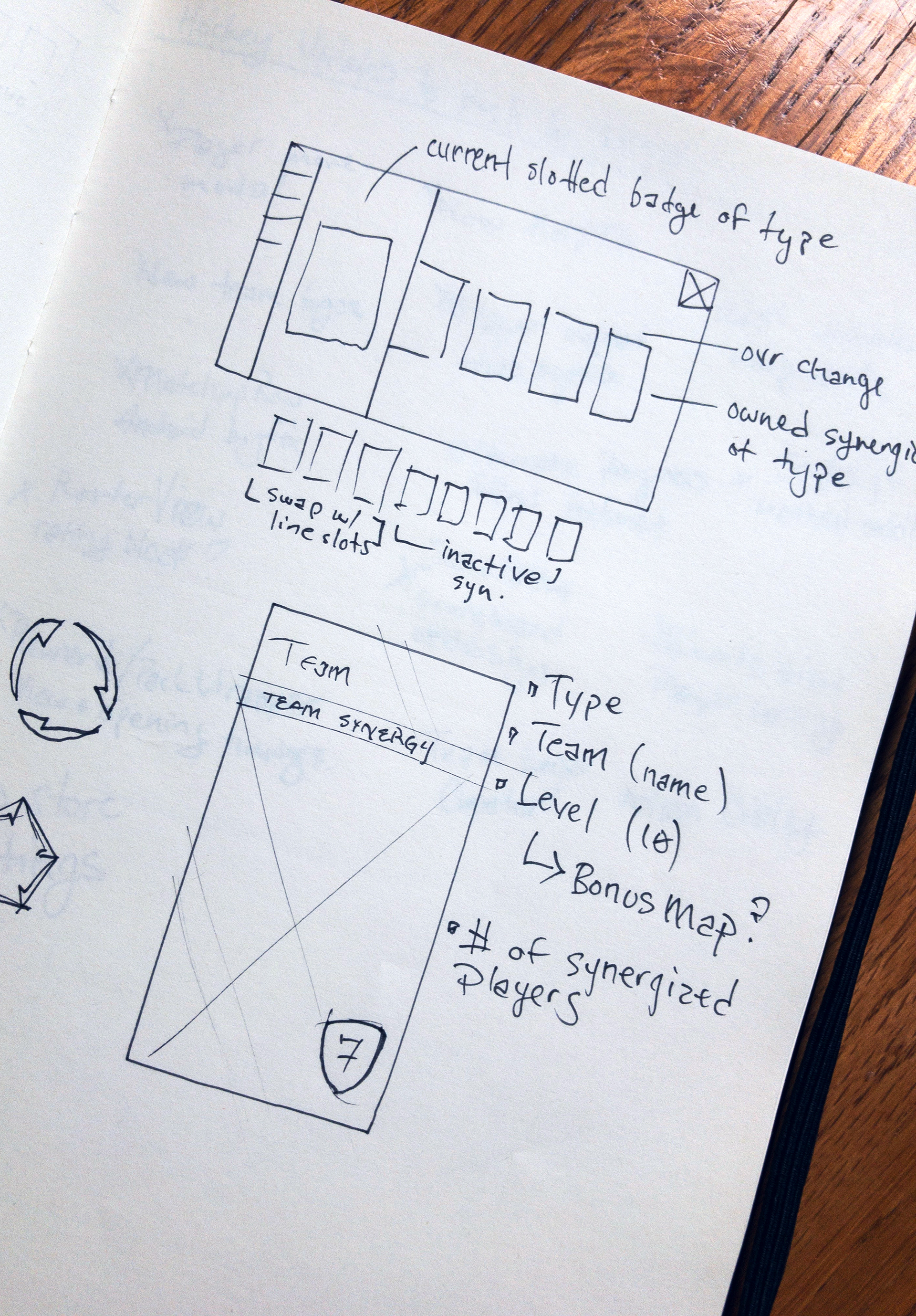


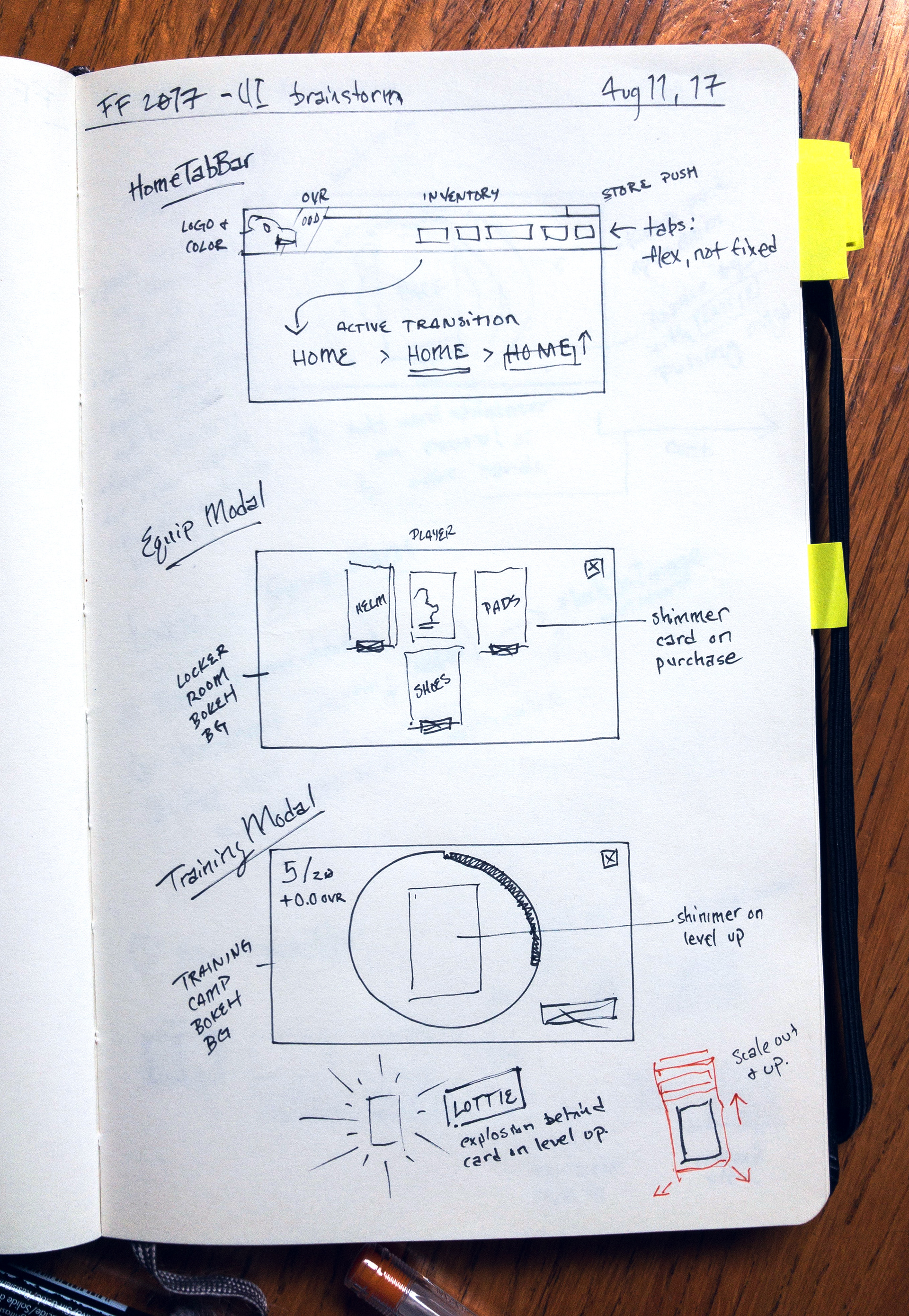
This generation of games raised the bottom line of visual fidelity and intensity. Given that we wanted and expected users to have an emotive connection to their team and collection, we try to make cards "cool" and unique despite our limitations. A new player view was also designed as a hub for player-related activities, lending more focus to the player cards importance.
To support these changes, our app heavily uses images, over 2000 of them bundled in each. They cover the wide array of backgrounds, cards, jerseys, icons, UI elements, effects layers, etc.
